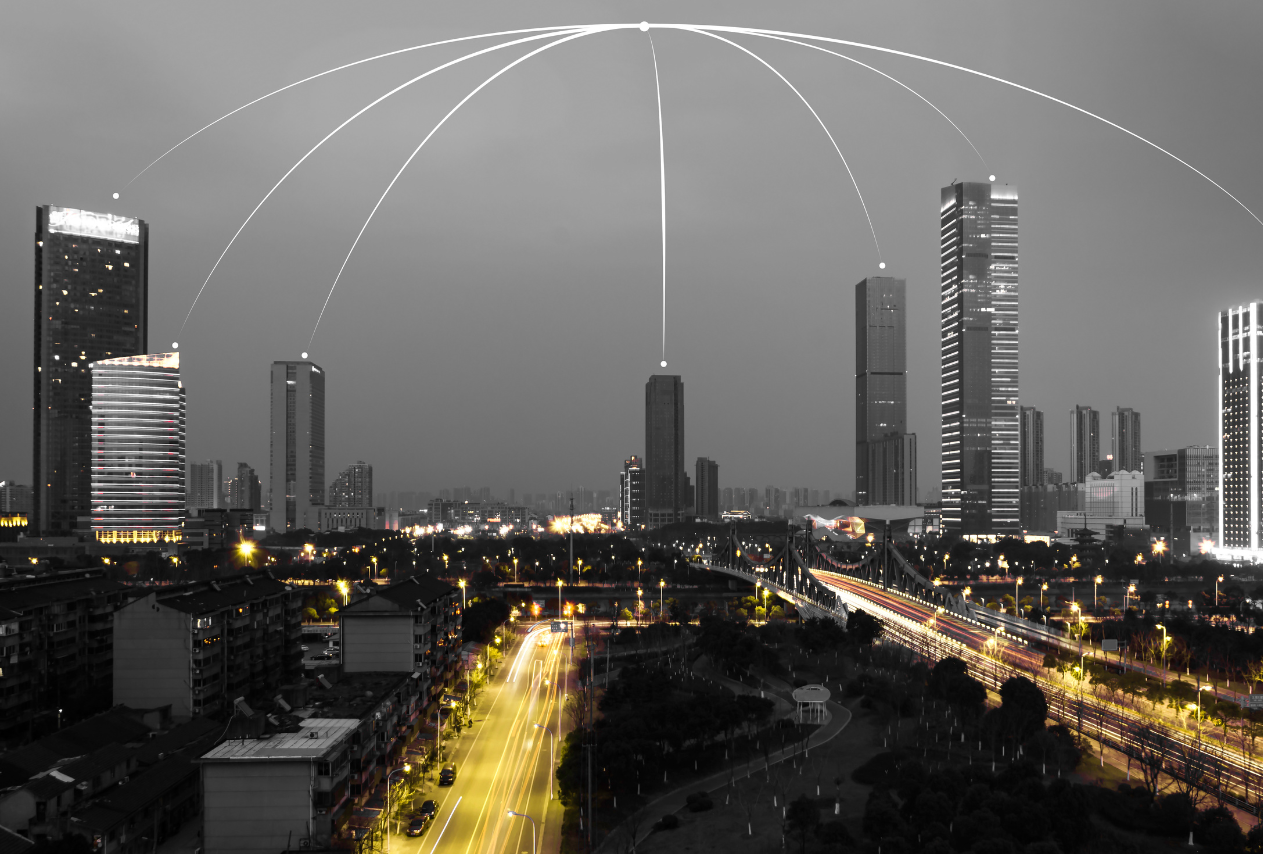
The global shift to urban living means smart cities are no longer a choice—they are a necessity. Intelligent traffic, connected healthcare, and energy-saving buildings all depend on strong, flexible networks. In fast-developing regions like Saudi Arabia, where urban upgrade is now a national goal, dependable network setup and Networking Solutions services are the backbone of tomorrow’s cities.
Here’s a closer glance at the networking technologies that are powering smart city growth:
- 5G Connectivity
5G stands at the front line of smart city change. Its ultra-low delay and lightning-fast data speeds make possible instant solutions like self-driving cars, remote medical procedures, and smart video security. For a smart city to run smoothly, it must weave 5G deeply into its fabric, backed by smart design and careful network setup.
- 5G Mobile Networks
5G is here to make smart cities work better and faster. By using quick, low-latency links and tons of extra power, it helps cameras, sensors, and gadgets keep the conversation going, even when lots of them are trying to talk at the same time. Whether it’s smart traffic lights in Riyadh or sensors keeping tabs in desert cities, 5G is the invisible thread that stitches all the smart services together.
Why it matters:
- Alerts that travel instantly between devices.
- Stronger signals, even when city streets are packed.
- The capacity to handle data streams from every street and corner.
- Fiber Optic Networks
Fiber optics are the highways of smart city data. They carry info at incredible speeds with almost no drop in speed over long distances. Saudi cities like Riyadh and NEOM are rolling out fiber to keep pace with digital growth and support everything from smart poles to city-wide networks.
Why it matters:
- Blazing-fast internet everywhere.
- Ready for new IoT, cloud, and AI services for years to come.
- Stronger security with few chances of data loss.
- Internet of Things (IoT)
IoT is like giving normal stuff a brain. Sensors packed in streetlights, trash cans, and traffic lights share data with one another and the city’s central system. These tiny updates let cities reduce energy use, catch issues before they become big problems, and tidy up everyday services for everyone who lives there.
Why it matters:
- Real-time updates on traffic flow.
- Trash cans signal when they’re full.
- Road repairs are scheduled before the pothole actually shows up.
- Edge Computing
Edge computing places the smart city’s “brain” right next to the streets. Rather than hauling every piece of data across the globe to the cloud, smart devices and tiny servers process the info on the spot or close to it. This drastic drop in lag time means that critical services—like ambulances rerouting through traffic or traffic lights changing on the fly—happen in the blink of an eye.
Why It Matters
Faster Response Times
Lower Bandwidth Usage
Data Security by Keeping Info Local
- Wi-Fi 6 and Public Connectivity
Smart cities are rolling out Wi-Fi 6 for free public internet that’s faster and more reliable, even when a crowd is online at once. This public Wi-Fi keeps everyone linked, makes government info easy to reach, and powers the apps we need to live, work, and travel around the city.
Here’s what you get
- Connect a crowd of devices at the same time
- Speed that stays strong in busy areas
- Easy mix of smartphones and IoT devices
- Local Context: Smart Cities in Saudi Arabia
Vision 2030 is driving Saudi Arabia’s digital leap. From NEOM to the Red Sea Project, new cities are putting money into smart networks that mix devices and data in smart ways.
Local IT and telecom firms are the backbone. They lay down fiber and build 5G towers so the whole country can talk, move, and react in real time. Network installation in Saudi Arabia is ripe for growth and is the backbone of our smart future.
Conclusion
Smart cities are no longer just ideas—they’re being built right now all over the world. The secret to making them work is picking the right networking tools and working with experienced professionals. For planners, government agencies, and private builders in Saudi Arabia, investing in flexible and secure networks is the key next step. This choice will create the strong base needed for cities that are not only smarter but also greener and better for future generations.
